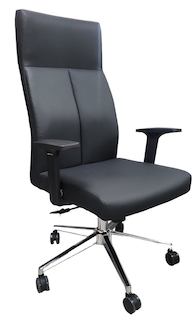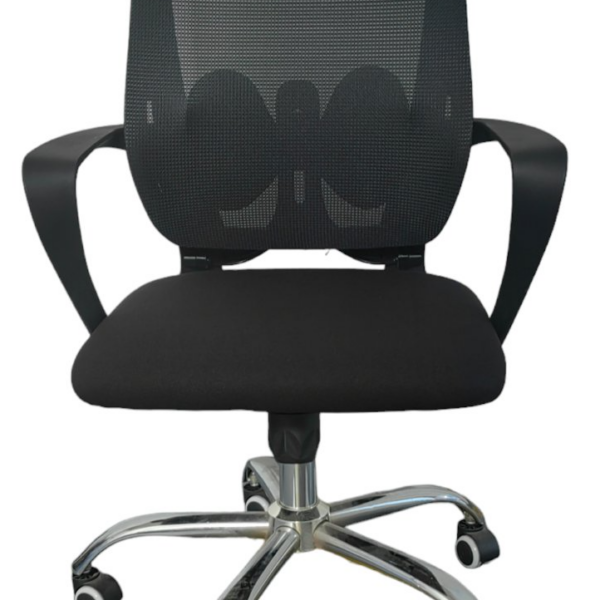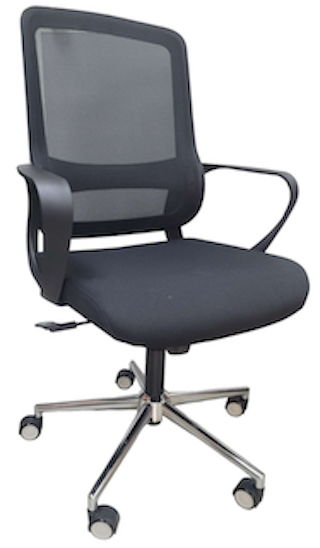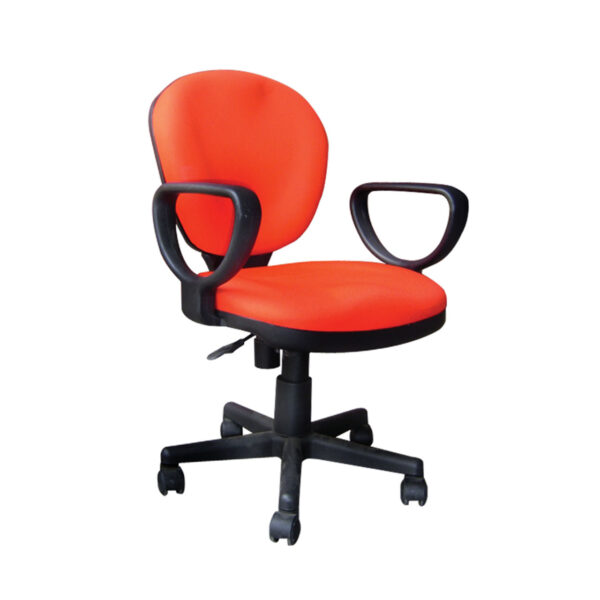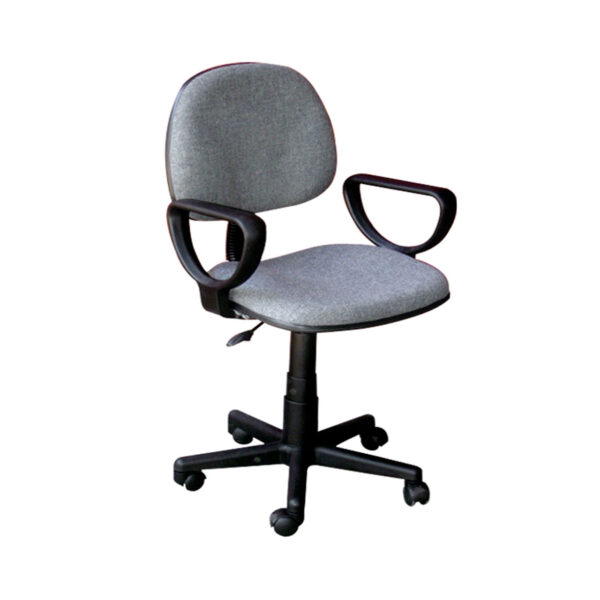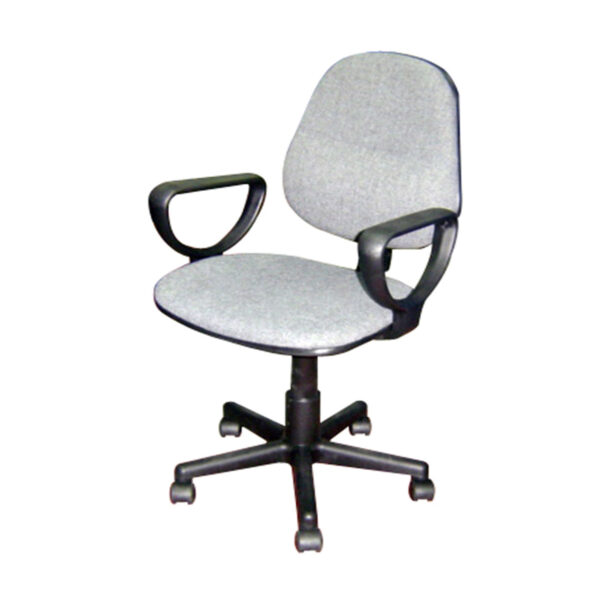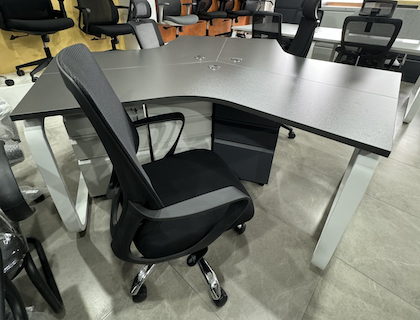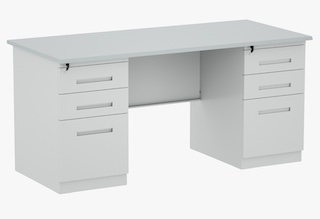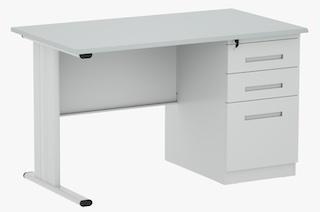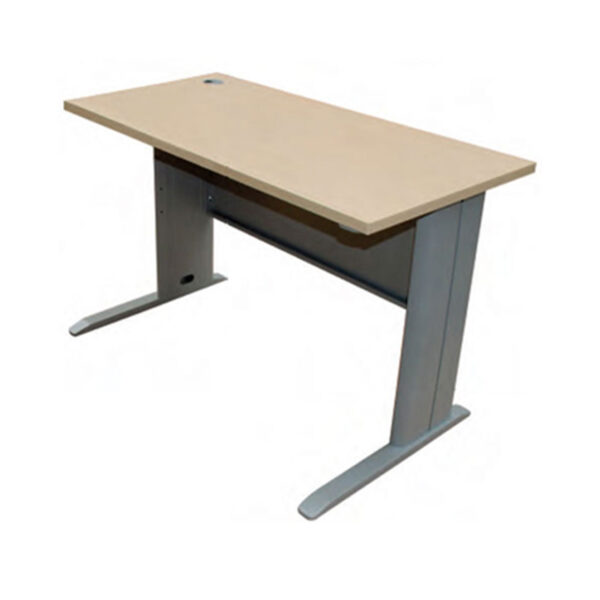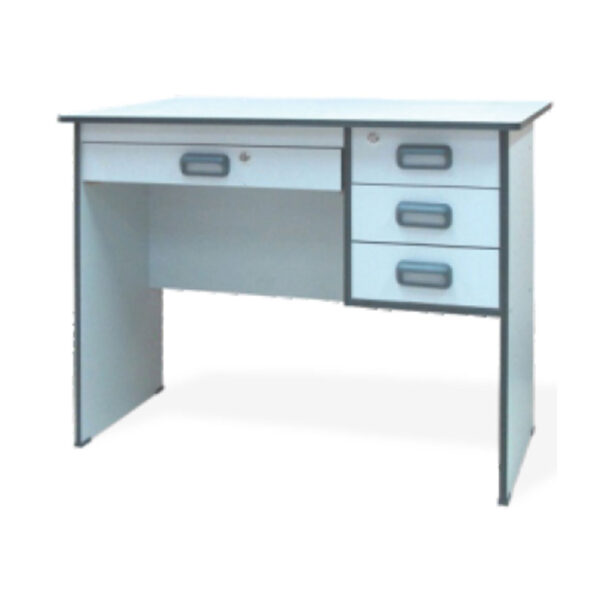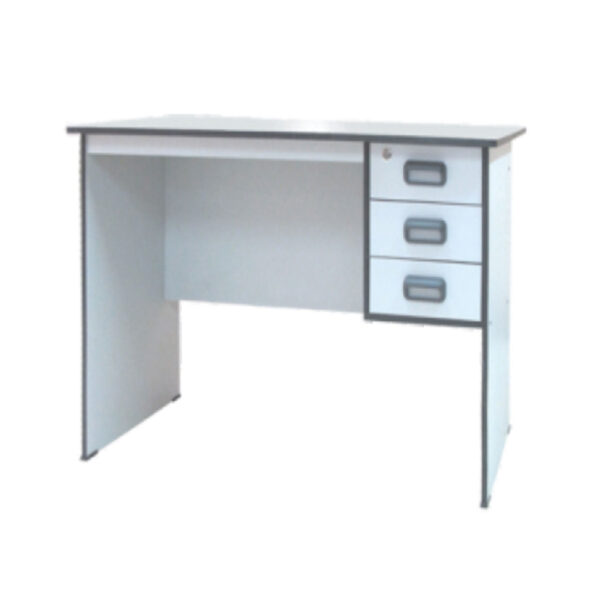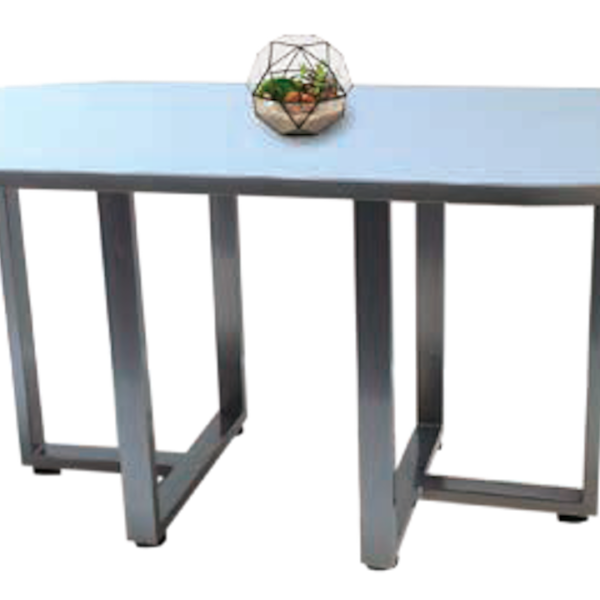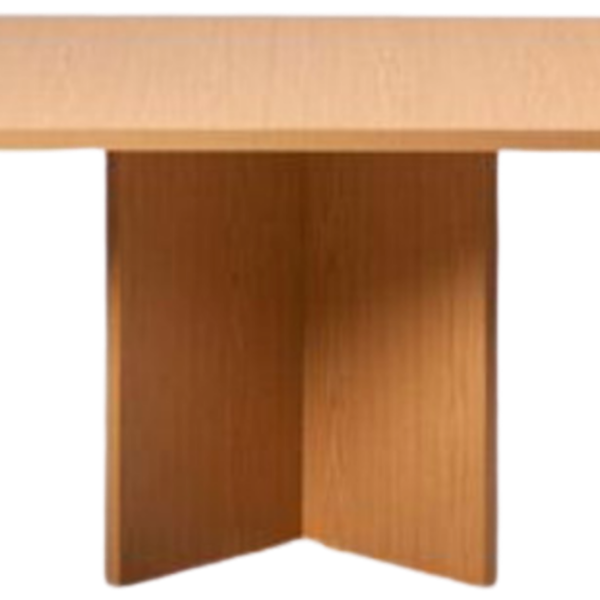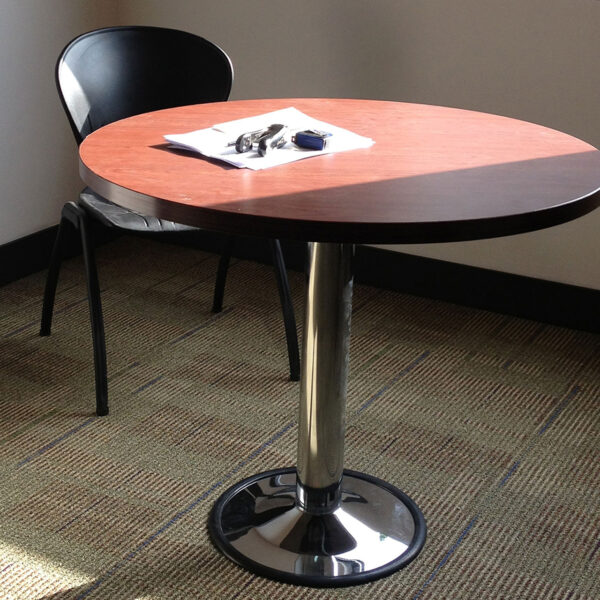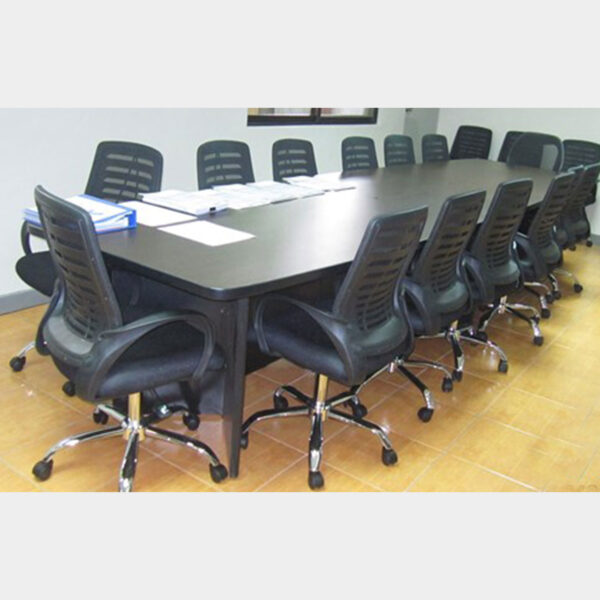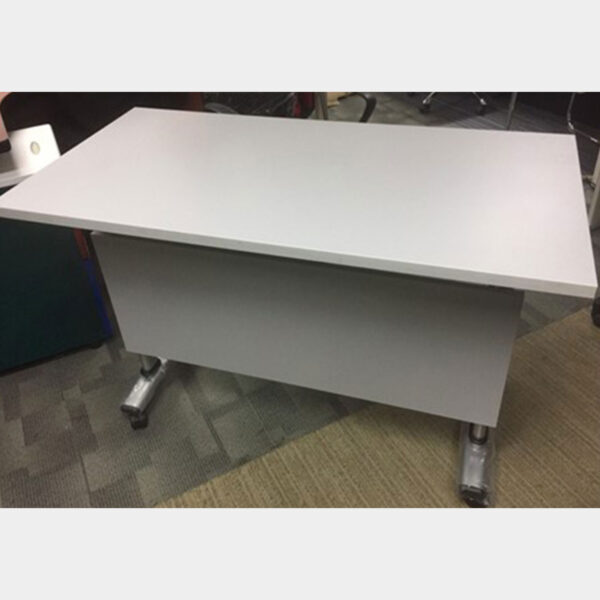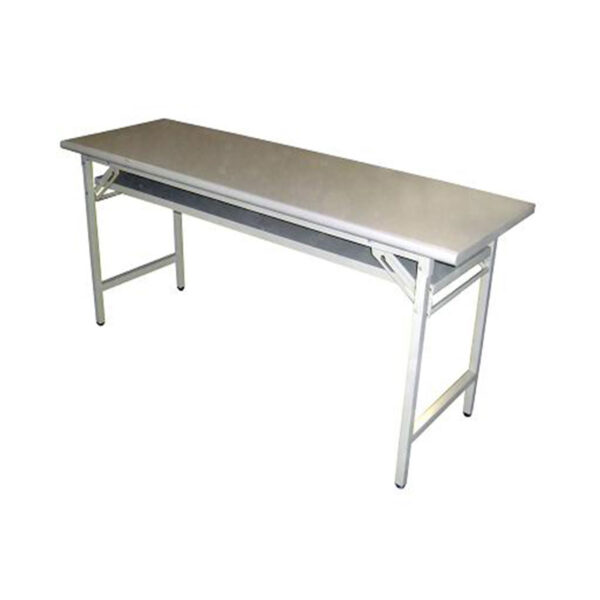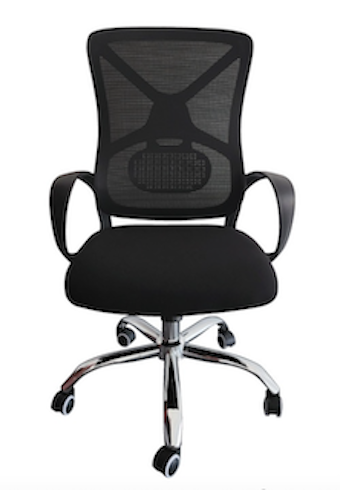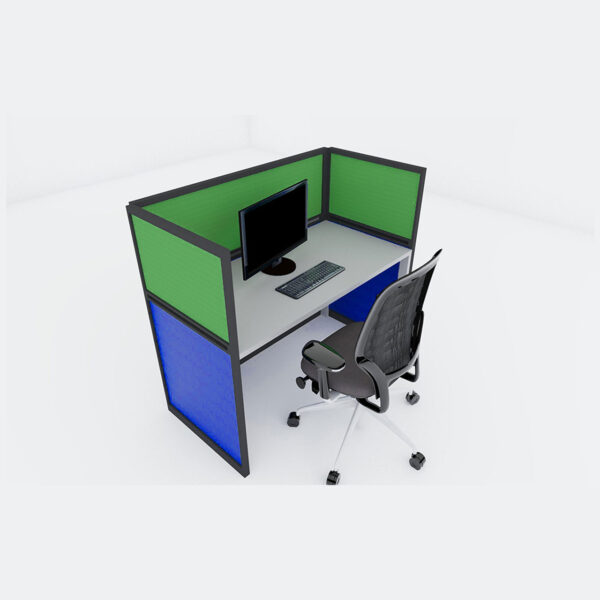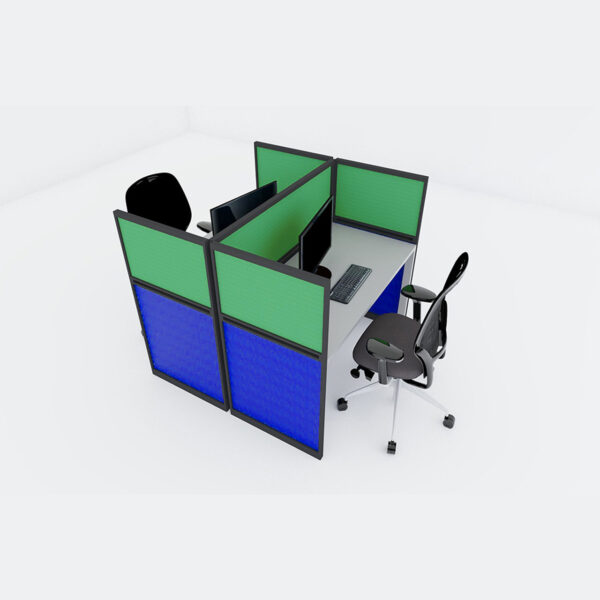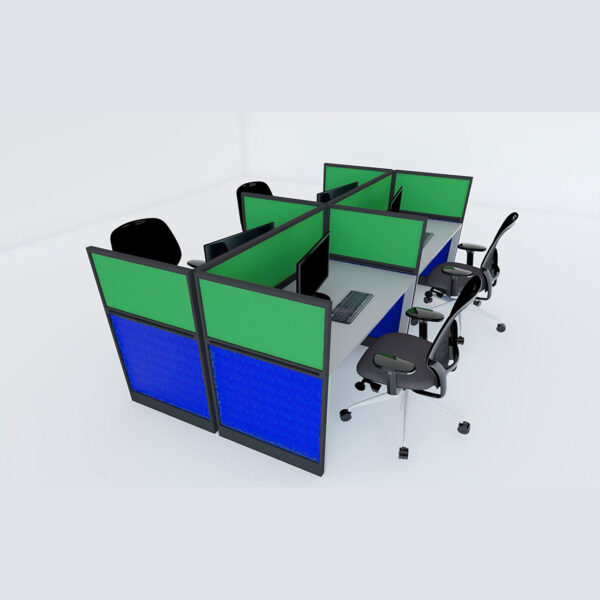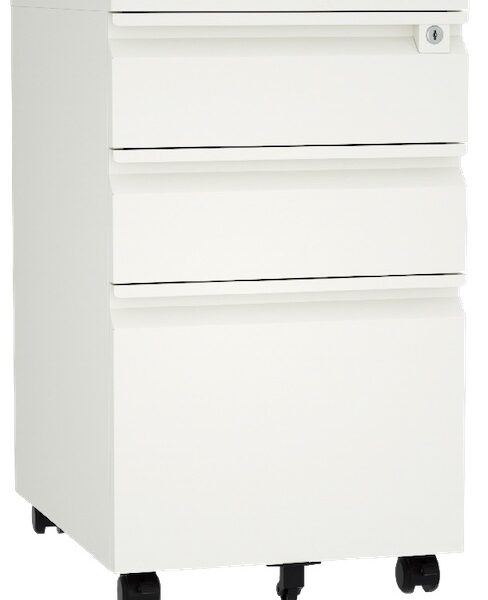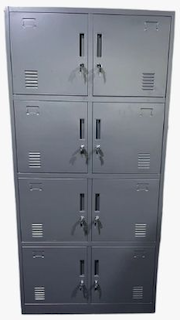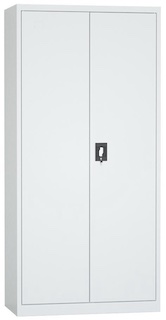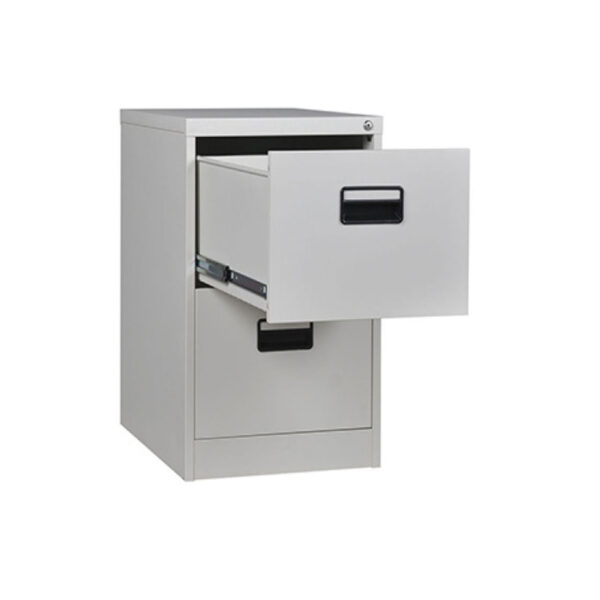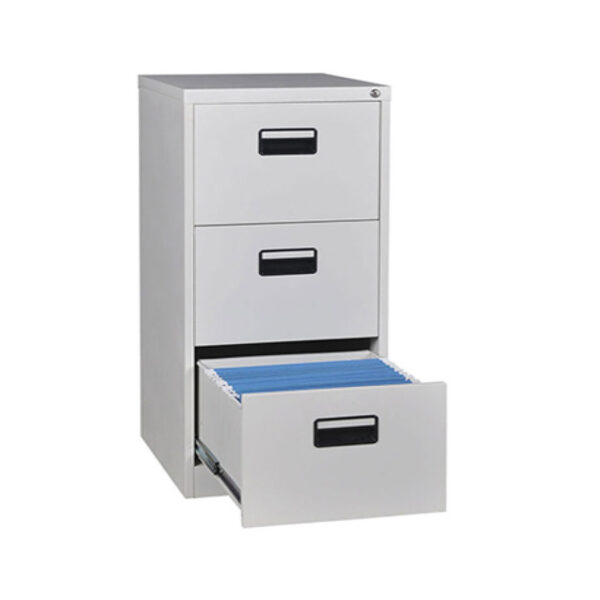Introduction
If you’re embarking on a new office space design, there’s a lot to consider. Not only do you need to decide how many desks and chairs will be in each room, but also what type of furniture they’ll be made of and where it should go. Your employees will likely have different needs than you do—some may prefer standing desks while others prefer sitting down at their workstations. So before going into the nitty gritty of designing an office space for your business, we’ll cover some important considerations that will help make your decision-making process easier.
Layout and traffic flow
The layout and traffic flow of your office are important factors to consider. You want employees to be able to get from one place to another without having to walk through a maze of cubicles or pass through a hall that takes too long.
If you have more than one floor, make sure that there is enough space between floors so people can move through the building easily and quickly. You also need good access points between rooms so they can see what’s going on in other areas easily.
You may think that having an open plan office will help keep everyone focused on work but if you end up with distractions like poor lighting or noise pollution then it won’t matter how much open space there is because nobody will be able not notice them anyway!
Open communication
Open communication is the key to productivity. It’s also the key to employee happiness and a good working environment, as well as a good working relationship with your employees. The more open you can be with them, the better off everyone will be in the end.
Good lighting and ventilation
Good lighting is important for productivity. It’s no secret that the right amount of illumination can have a huge impact on your employees’ ability to focus and get work done. In fact, many studies have shown that employees who work in poorly illuminated environments are more likely than those in well-lit ones to suffer from headaches and eyestrain.
Ventilation is also essential for employee health—and it’s something you want for yourself as well! Poorly ventilated offices tend to be hot and muggy; too much fresh air can cause lung problems like asthma or bronchitis if someone has an allergy or sensitivity to dust mites (a common problem).
Lighting should be balanced with ventilation so neither one overwhelms the other; if one element becomes too dominant over another, it may not do what was intended by its designers (such as provide adequate light levels). A good balance between these two elements will ensure that everyone benefits from their use without feeling overwhelmed by either factor alone.* Lighting fixtures should be placed strategically throughout the space where they’ll be used most often: overhead fluorescent lights should be placed near desks but away from computer monitors because they distort vision when focused directly at close range; incandescent bulbs shine brightly enough at eye level so people don’t need reading glasses while reading papers printed out using laser printers whose ink cartridges take up less space than paper sheets which means less wasted space overall!
Ergonomic furniture
Ergonomic furniture is designed to support the body. This can help prevent back pain, carpal tunnel syndrome, repetitive strain injuries and stress.
The first step in choosing ergonomic office furniture is knowing what you’re looking for. Here are some questions to ask yourself:
What does my job require of me? Do I need a desk that allows me to reach all parts of an open computer file easily? Or do I need an armchair with enough room under it so I don’t feel cramped while typing long documents?
How much time do I spend at my desk each day – how many hours per week will this take up if it’s located in one place or two places across town/state/country etc.?
Designing the right workspace can make a big difference to your productivity and employee happiness.
Designing the right workspace can make a big difference to your productivity and employee happiness.
Here are some tips for designing an office that will help you be more productive:
Layout and traffic flow: A good layout will help you avoid getting stuck in corridors or going down stairs, which is especially important if there’s lots of walking involved. The goal here is to keep people moving around as much as possible so they aren’t wasting time waiting at intersections or sitting still while they wait for something else to happen.* Open communication: Don’t leave any doors closed! Make sure everyone has access to everything they need—and wants—to do their jobs well.* Good lighting and ventilation: There should be enough natural light coming into your room so that it doesn’t feel like a cave; meanwhile there should also be sufficient ventilation (air circulation) so that everyone feels comfortable working there even on hot days/nights when AC isn’t available outside.* Ergonomic furniture: You don’t have time for back aches from sitting hunched over all day long either! If possible try out different chairs before committing yourself fully because some may better suit your work style than others depending on what type of job tasks require multiple arm movements rather than just typing letter after letter into a computer screen.”
Conclusion
If you’re feeling nervous about designing your own office space, remember that there are many resources available to help. For example, check out this article on how to choose the right layout and furniture for your work environment. And if you need some inspiration for other ways to improve your workspace, check out these great examples of offices around the world.
When we design your office, our goal is to create an office that reflects the character and uniqueness of your business. We don’t just provide office furniture — we make sure it fits your business, too. We have a wide array of products to chose from, each one designed to suit your needs and budget.
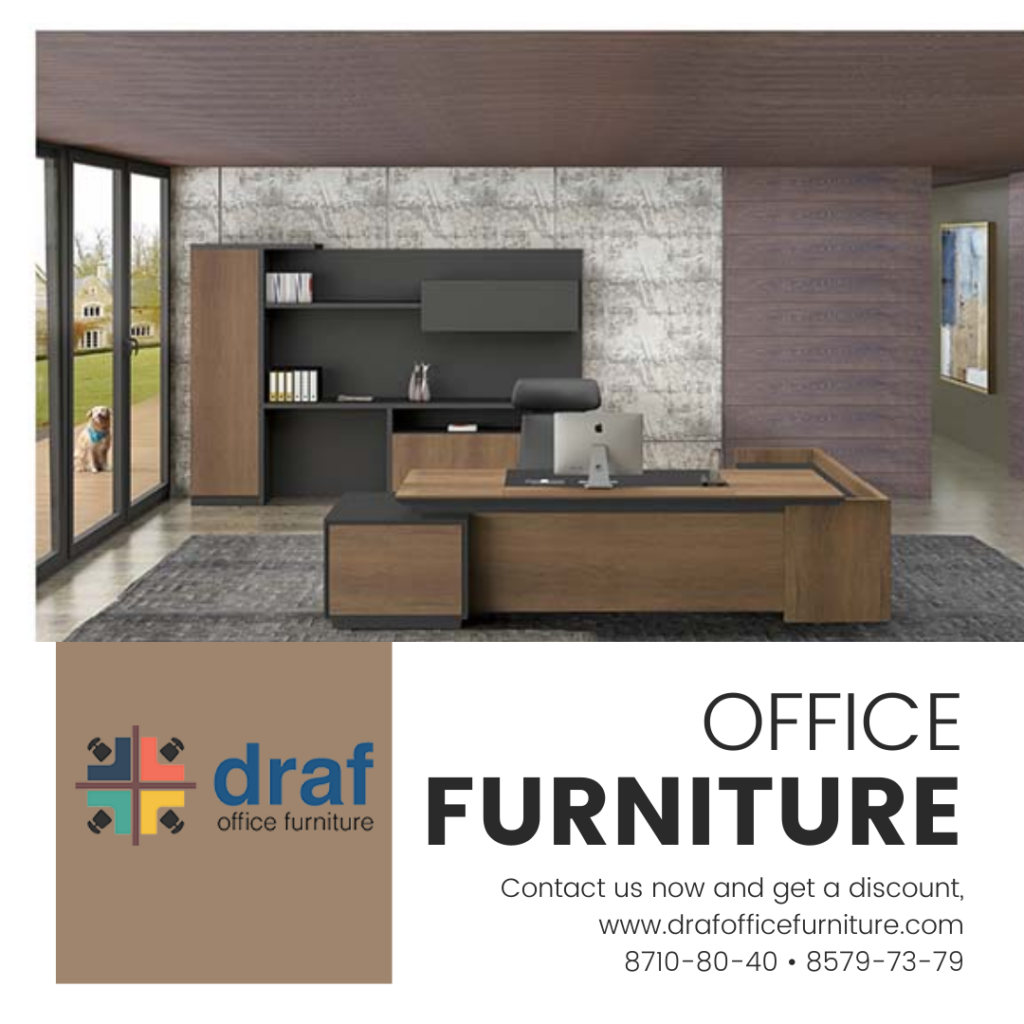
| ReplyForward |

